by Michael D. Hull
At daybreak on December 16, 1944, three senior officers in the Army Air Corps and a Royal Air Force air vice marshal arrived at an elegant chateau near the town of Spa in southeastern Belgium that was the headquarters of Lt. Gen. Courtney Hodges, commander of the U.S. First Army.
The American officers were Brig. Gen. Frederick L. Anderson, deputy commander of the Strategic Air Forces in Europe, Maj. Gen. Hoyt S. Vandenberg, commander of the Ninth Air Force, Maj. Gen. Elwood R. “Pete” Quesada, leader of the 9th Fighter Command.
The First and Ninth Armies were each demanding air operations to kick off their Christmas offensives, and the purpose of the meeting was to decide which army would get the tactical benefit of heavy bombers. As maps were being pinned to the wall in Hodges’ operations room that Saturday morning, the telephone rang. Three German panzer armies had just thundered out of the chill, misty Ardennes Forest. The Battle of the Bulge was under way. (You can read more about the Bulge and other stories from the European Theater inside WWII History magazine.)
Depending On Fog, Night and Snow
Anderson and Quesada groaned. Only the day before they had flown to Supreme Allied Headquarters (SHAEF) at Versailles to relay ominous reconnaissance reports of a German buildup in the region of the Ardennes Forest. The reports had shown increased truck and railroad traffic, and armored vehicle tracks spotted leading into the forest but not emerging. Generals Anderson and Quesada had been brushed off because the Allied intelligence chiefs believed the Germans, weakened and pushed back to the Rhine by superior Allied forces, were no longer capable of mounting a major attack.
Launching his last great gamble of World War II, the Ardennes counteroffensive, Adolf Hitler depended on “fog, night, and snow” to ground the Allied air forces and give him victory. For a time, weather proved to be his ally.
Smashing Through Allied Lines
The Fifth and Sixth Panzer Armies and the Seventh Army smashed through thinly held American defense lines and caused panic and confusion at all command levels. The Germans had deliberately waited for a period of bad weather, which was to herald the worst European winter for half a century, to shield their ground operations from overwhelming RAF and USAAF supremacy.
Preciously husbanded fuel, enough for only six days of operations, allowed the German armor to advance and the Luftwaffe to fly. The vile weather, including thick ground fog in England that made takeoffs and landings risky, would not clear for several days, during which U.S. units in the sector of the Ardennes foreset were pushed back and severely mauled before regaining their balance. The Luftwaffe supported the counter-offensive with all its capabilities. Some 1,500 fighters, 300 fighter-bombers, and 500 twin-engine fighters and bombers were used in the attack.
While shock and indecision paralyzed Dwight D. Eisenhower’s headquarters for two critical days, General Carl A. “Tooey” Spaatz, the commander of the U.S. Strategic Air Forces in Europe, responded decisively to the American ground force’s desperate need for additional air support. He directed two of the Eighth Air Force’s fighter groups to rush from England to the continent and place themselves at Vandenberg’s operational disposal.
Rising Gallantly to the Challenge
Despite the treacherous weather conditions of low cloud, fog, snow, and rain, airmen of the Army Air Corps rose gallantly to the challenge. On December 17, a cutting-edge German battle group with 3,500 men and 150 tanks snaking westward along country lanes north of St. Vith, Belgium, was located by two P-38 Lightning fighters and halted by bombing and strafing P-47 Thunderbolts of the 365th and 368th Fighter Groups. This gave First Army combat engineers time to demolish key bridges the enemy needed, and the 1st SS Panzer Division’s attack lost momentum.
The following day brought a slight clearing of the skies, allowing Anderson’s B-26 Marauder medium bombers to wreck a score of bridges, further impeding the German offensive. The Eighth Air Force was able to send out a few missions against tactical targets behind the enemy lines, though the fog in England caused several tragic B-17 collisions and the main bombing force had to stand down for a critical week .
Support from RAF Bomber Command
RAF Bomber Command rallied to indirectly assist the Americans at the Battle of the Bulge the week after the panzer breakthrough. In spite of the appalling flying weather, Air Chief Marshal Arthur “Bomber” Harris’s heavy Lancaster and Halifax groups mounted large-scale missions against German industrial, rail, and communications centers on four nights and two days. Meanwhile, by December 1944, RAF Bomber Command had devastated or seriously damaged 80 percent of Germany’s large cities.
Inside the Battle of the Bulge, the Luftwaffe air crews made the most of the bad weather for the first few days, but then their luck ran out. They were hampered, as were the German ground forces, by a desperate shortage of fuel. British and American bomber groups had been targeting enemy refineries for many months, and German oil stocks were now almost exhausted.
A Meteorological “Russian High”
Allied fortunes changed for the better on December 23, when an area of high pressure, called a “Russian high” by the meteorologists, dispersed the low clouds and provided five days of acceptable flying weather. Many air groups were able to take off in England and offer tactical support to the hard-pressed U.S. divisions in the Bulge.
Allied air strikes became increasingly effective, battering enemy troop convoys; destroying bridges, supply dumps, and communication lines; and knocking Luftwaffe planes out of the air. The spirits of GIs rose when they heard the steady drone of C-47 transports arriving on December 23 with much-needed cargoes of ammunition, food, and medical supplies. Nowhere was the resupply operation cheered more loudly than in and around Bastogne, where the besieged 101st Airborne Division and attached elements had been waging an epic defense against relentless German pressure.
Staggering Figures from the Bulge
Between December 16, 1944, and January 6, 1945, the Eighth and Ninth Air Forces claimed more than 400 enemy fighters shot down, while the RAF downed hundreds more. As U.S. ground forces blunted the German offensive five miles short of the Meuse River, where British troops covered the crossings, the Luftwaffe ceased to exist as a threat in the Bulge.
From December 16, 1944, to January 16, 1945, according to the Army Air Forces’ official history, planes of the Eighth and Ninth Air Forces destroyed 11,378 German transport vehicles, 1,161 tanks and other armored vehicles, 507 locomotives, 6,266 railroad cars, 472 gun positions, 974 rail cuts, 421 road cuts, and 36 bridges.
Originally Published November 5, 2014. Updated December 10, 2020.
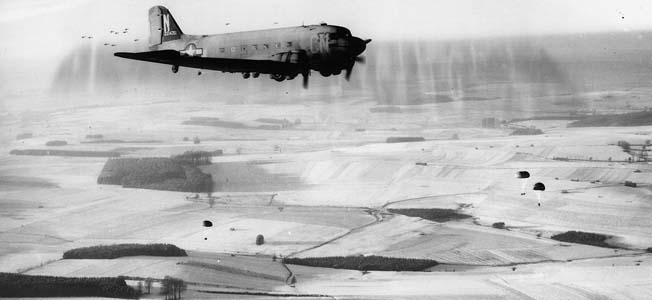
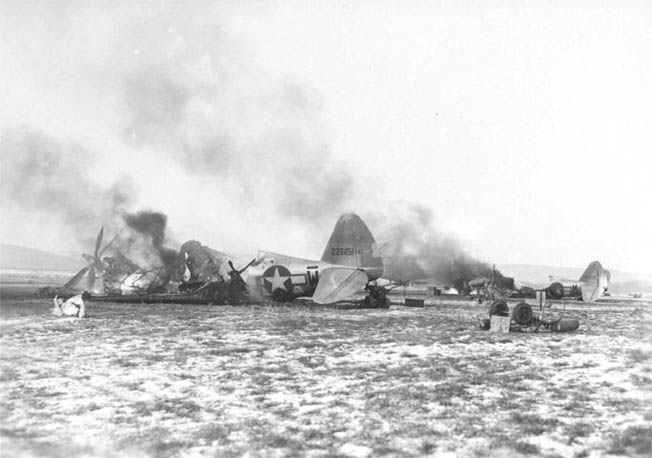
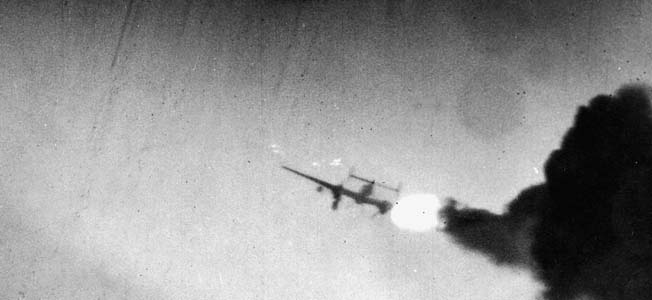
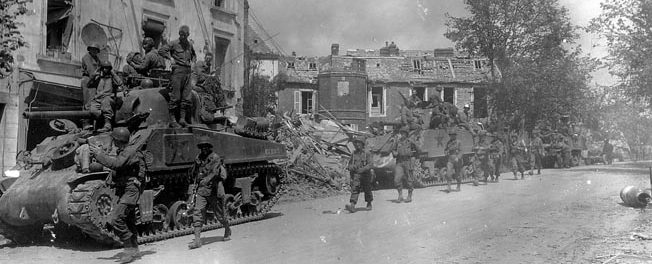

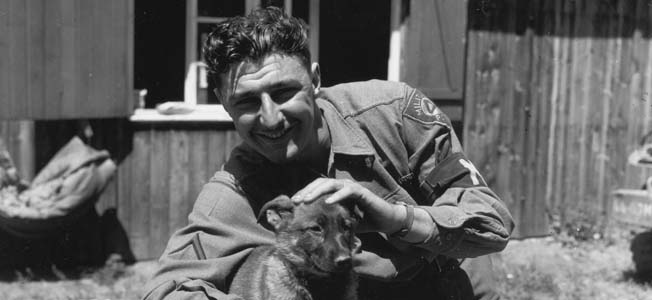
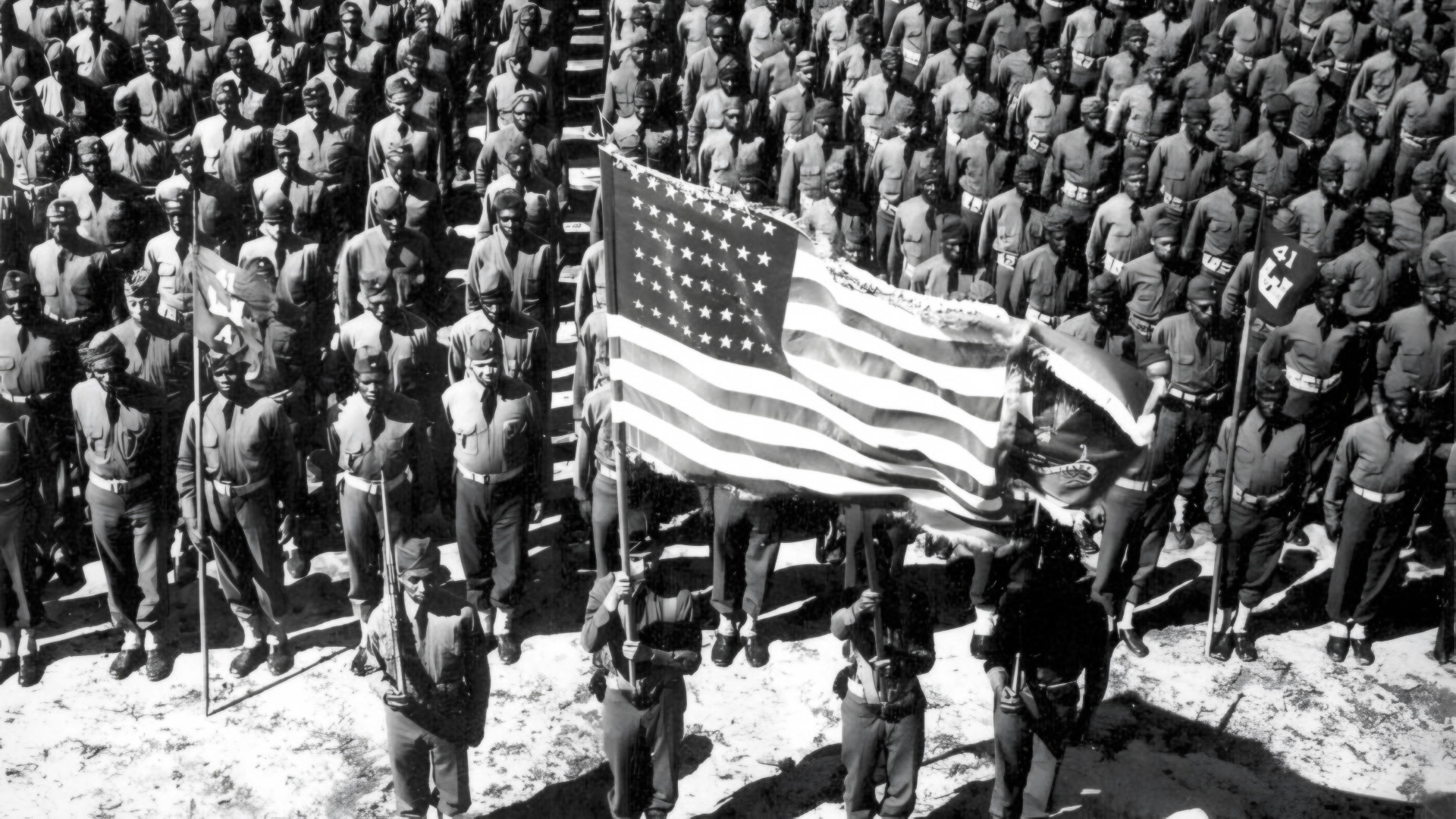
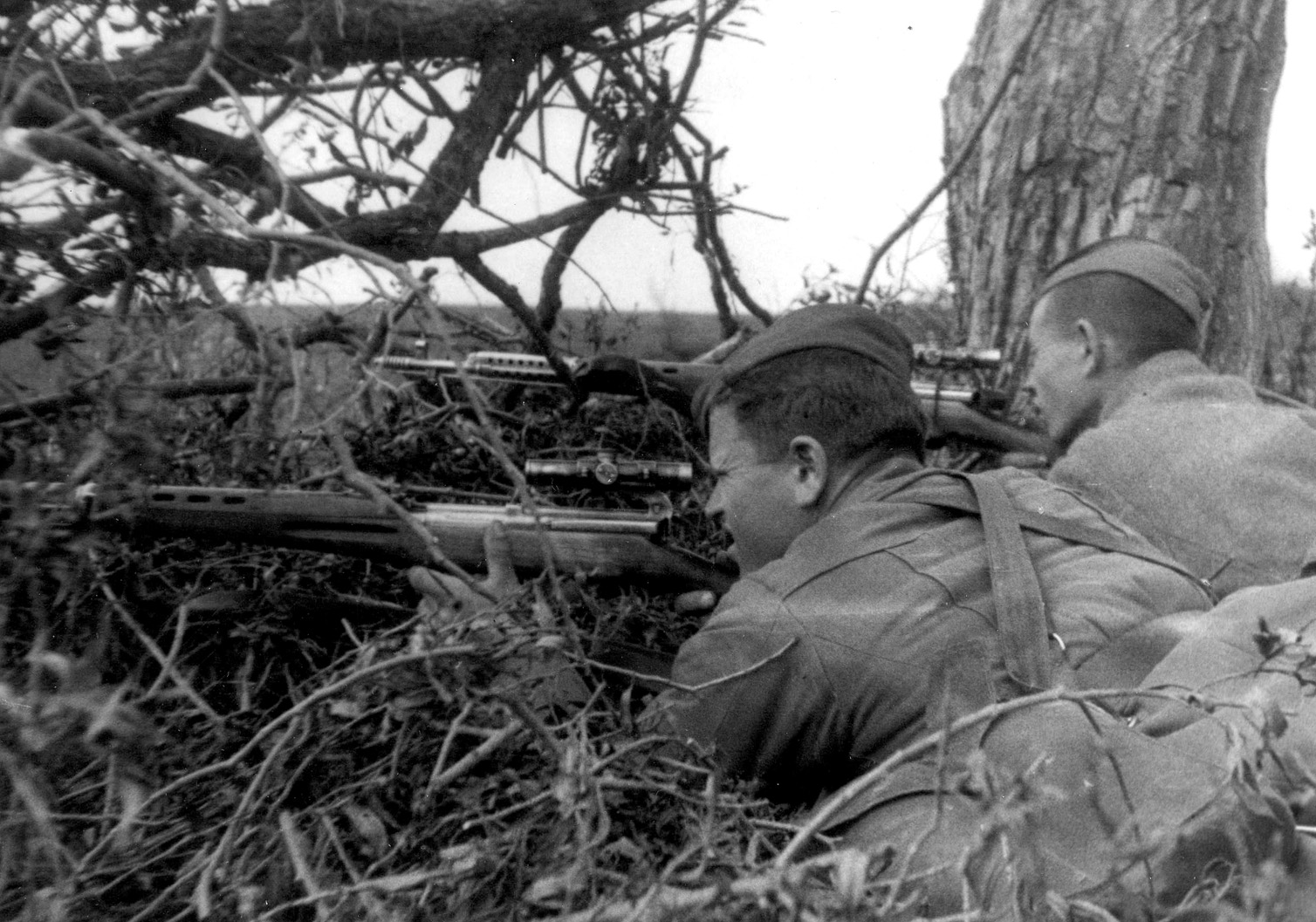
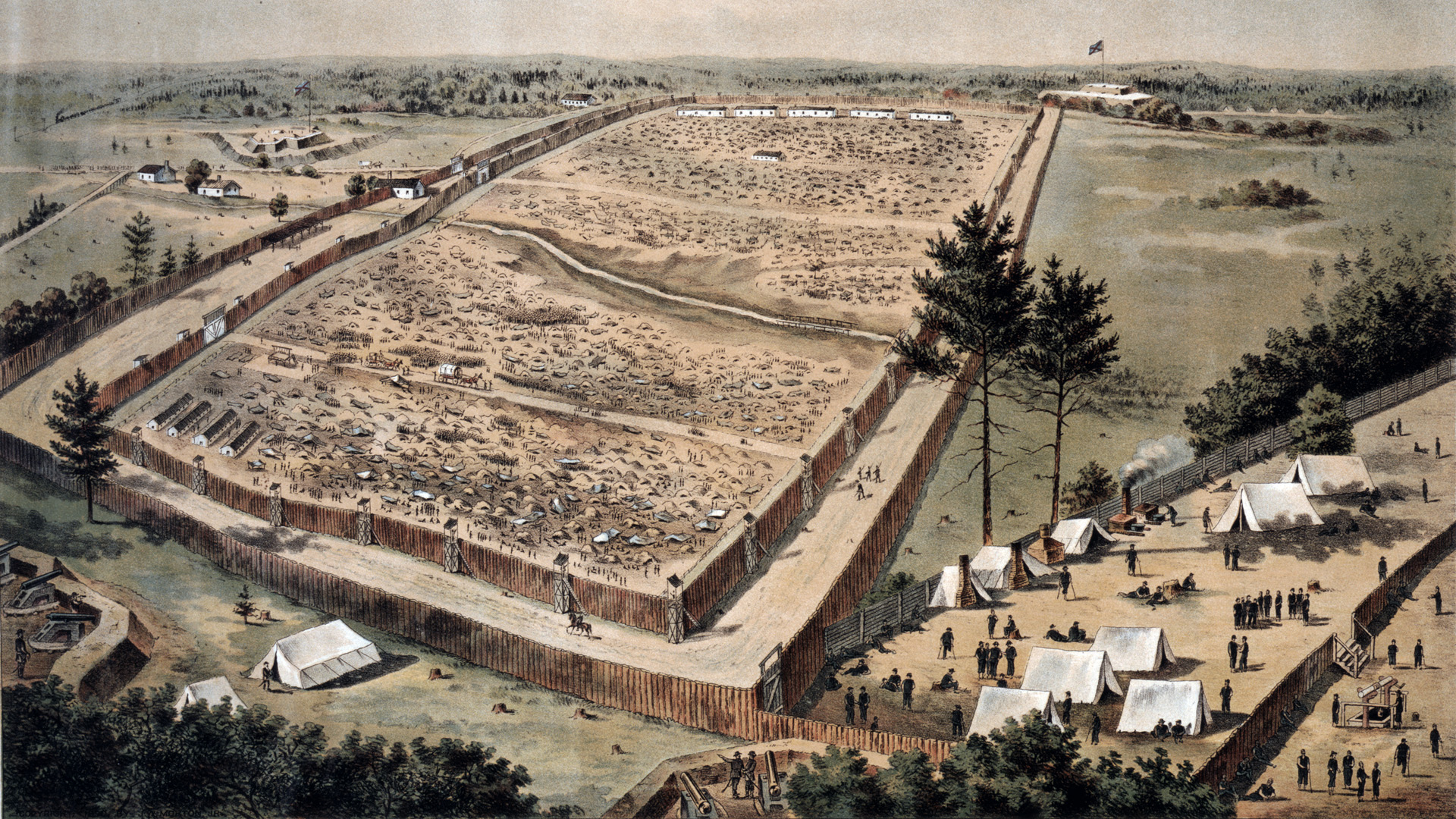
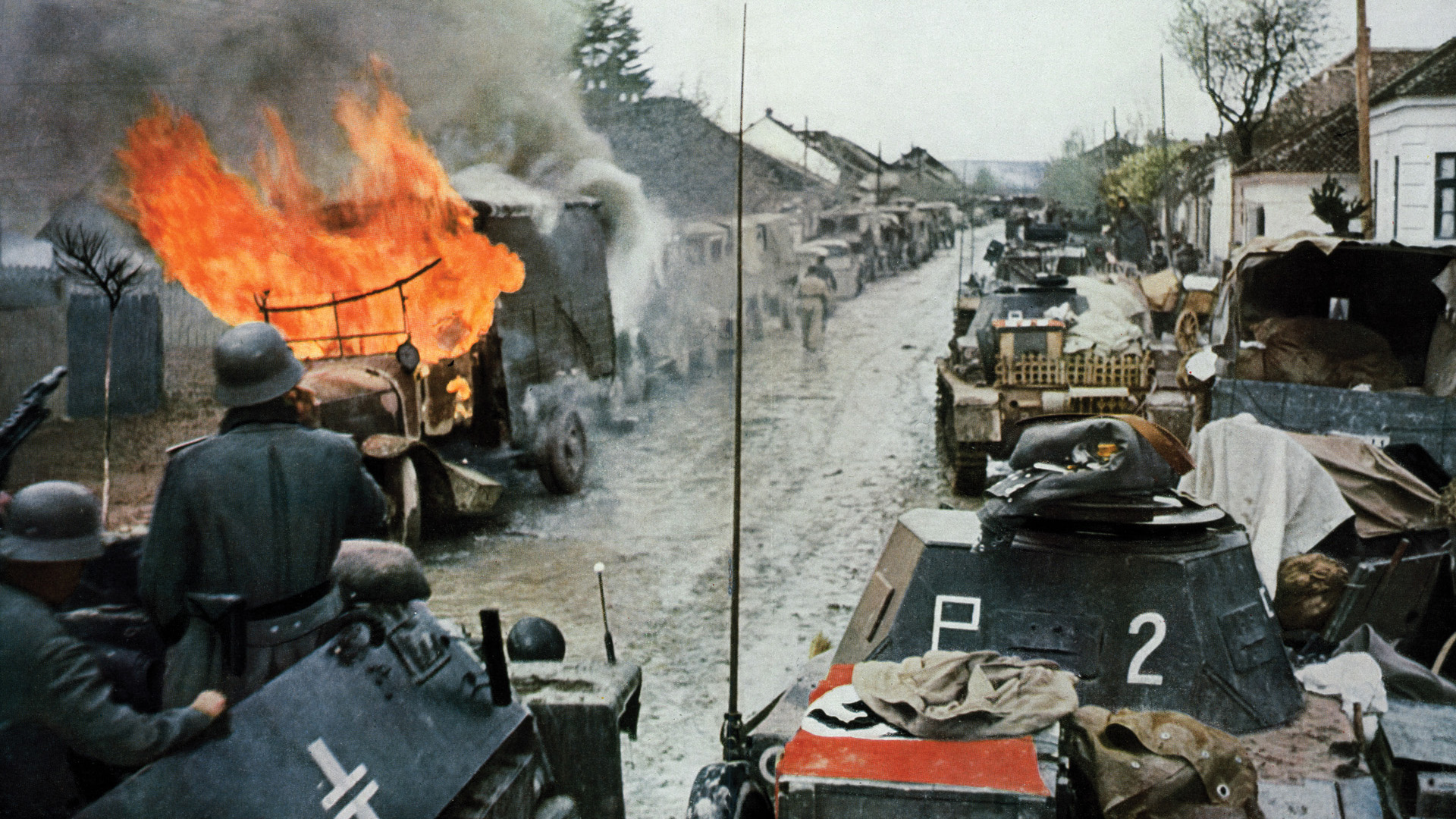
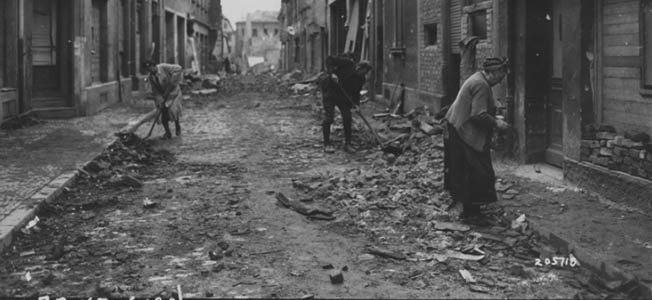
I would like to know if the B25 was used in the Battle of the Bulge, my father said he was a tail gunner on a B25 during that time ,thank you in advance for your reply
After the Normandy invasion, the RAF and France used Mitchells in support of the Allies in Europe. Several squadrons moved to forward airbases on the continent. The USAAF did not use the B-25 in combat in the European theater of operations.
Pulled that off of Wikipedia. B-25s were only used in the Pacific against the Japanese
And in Italy with the 9th and 12th Air Forces assisting ground forces.